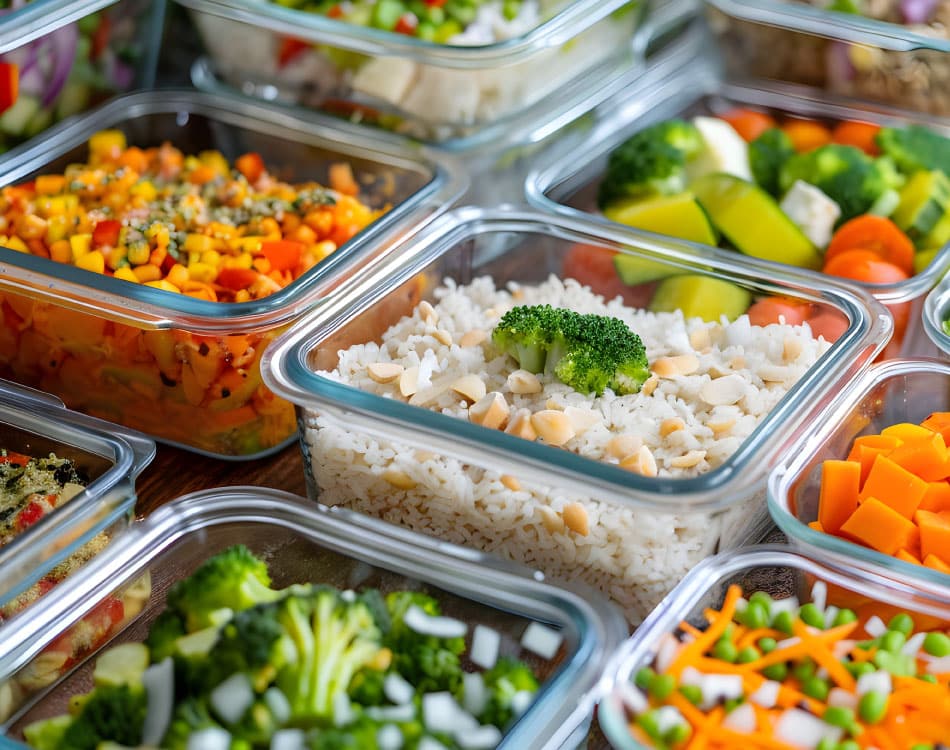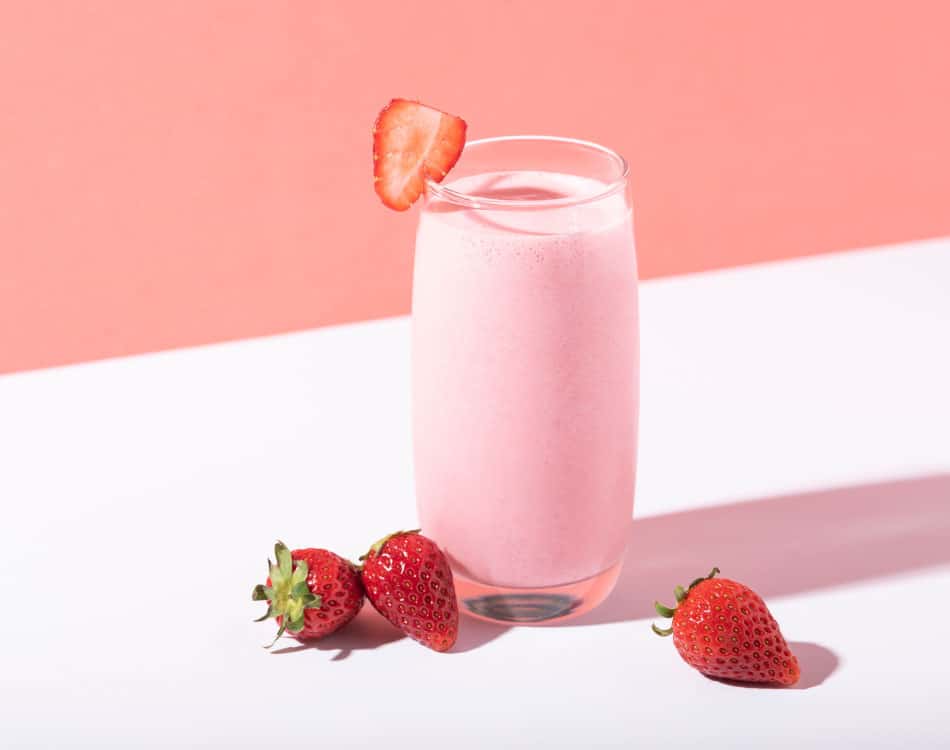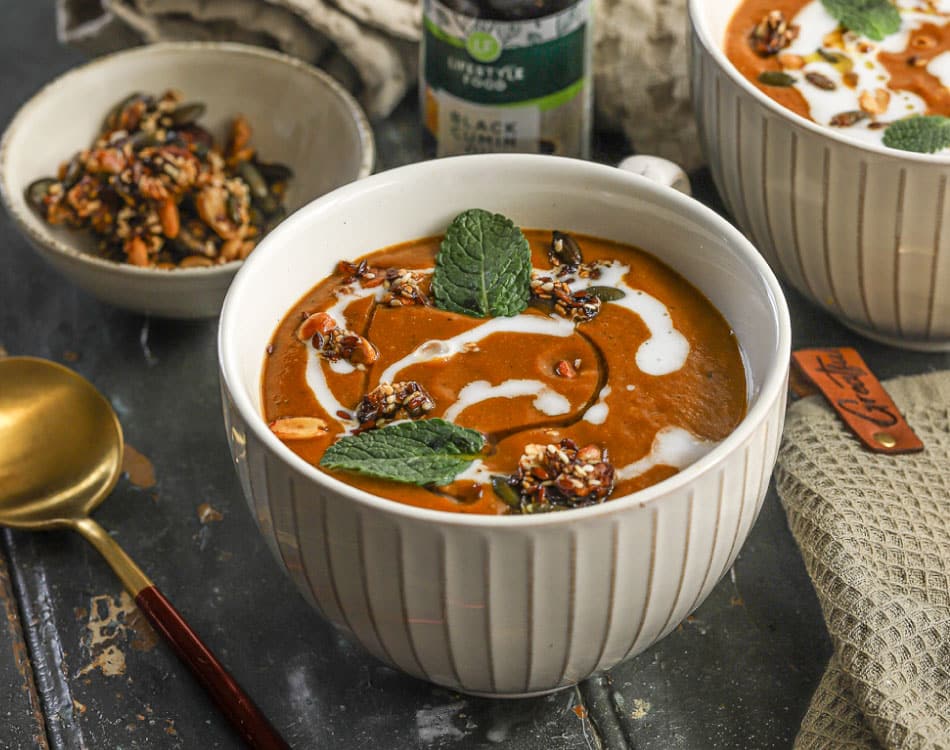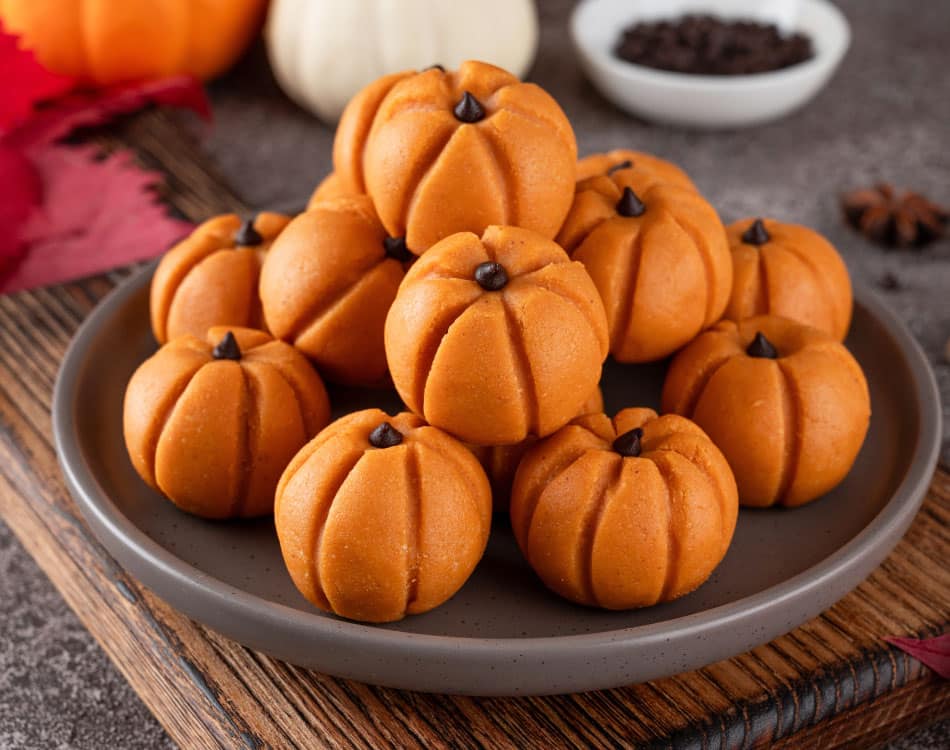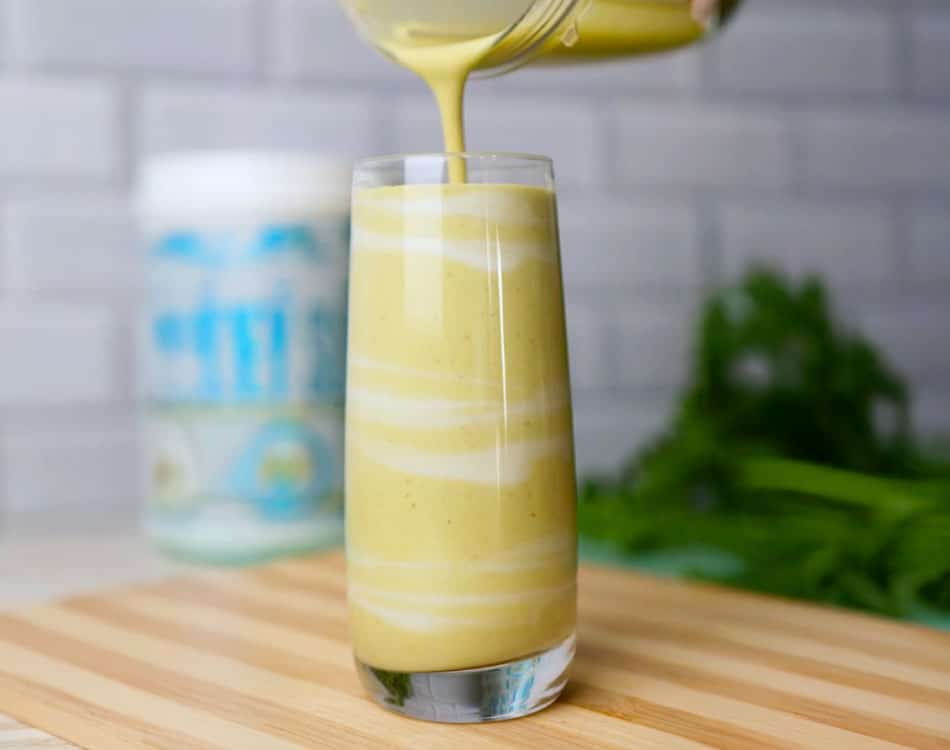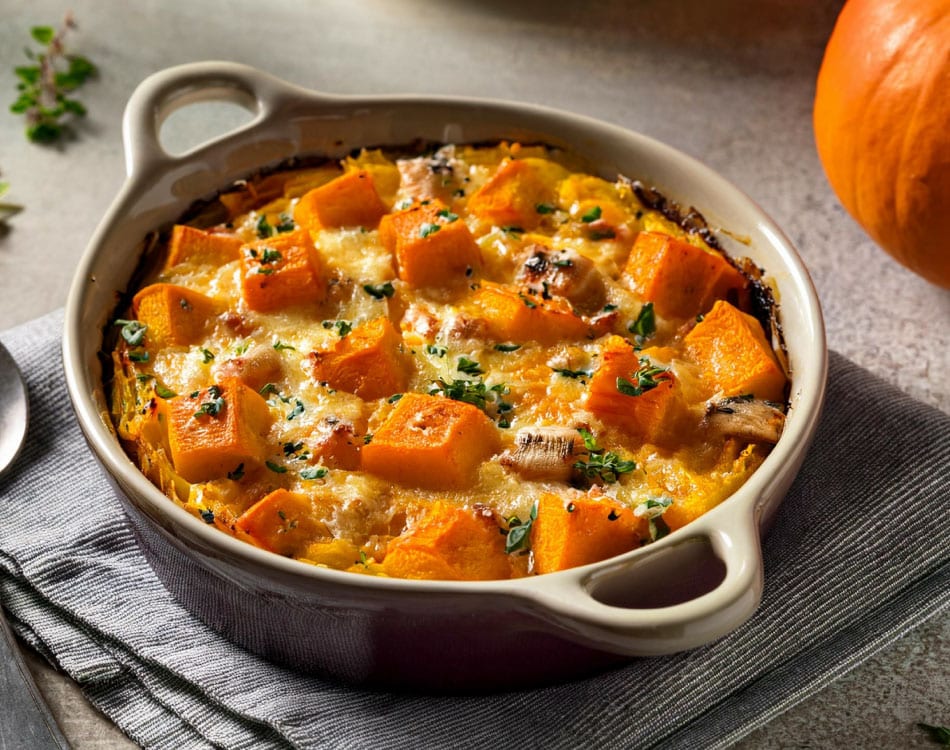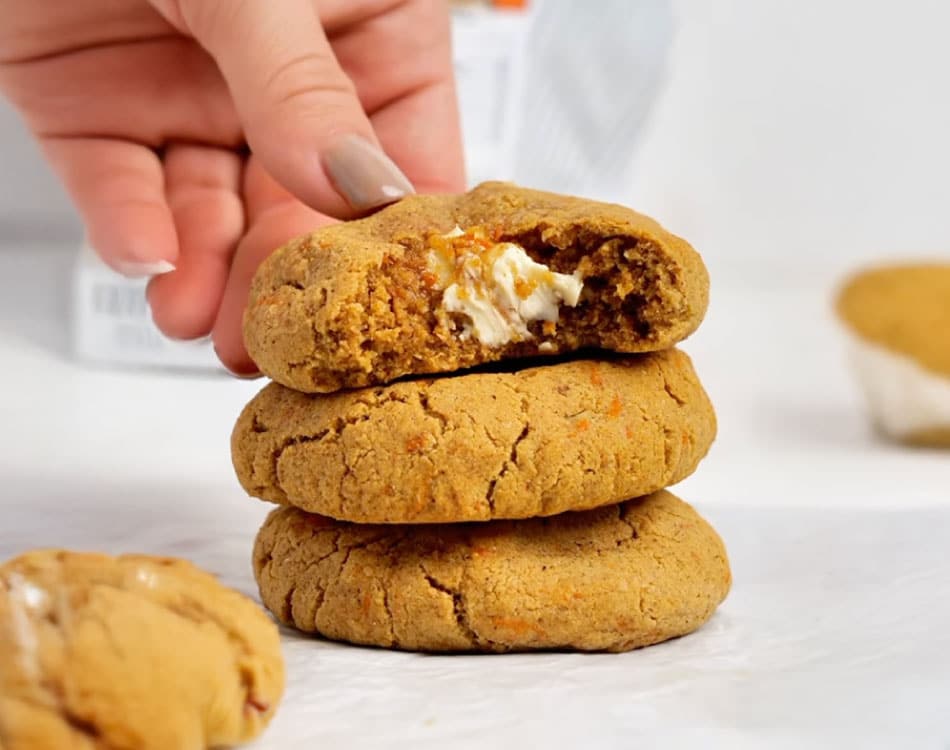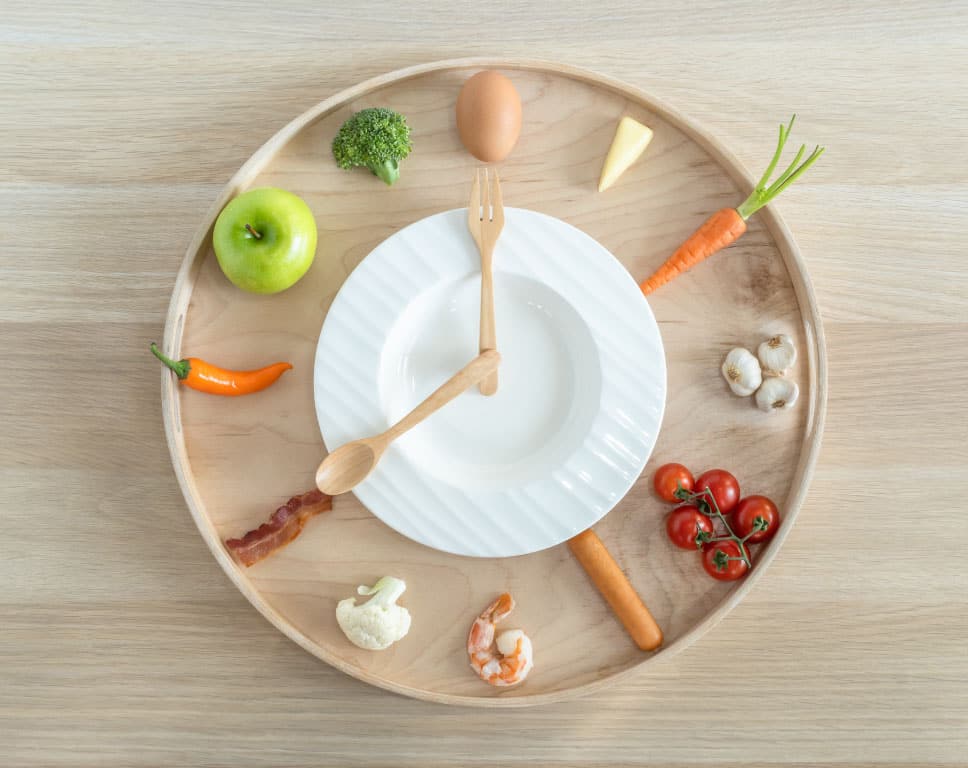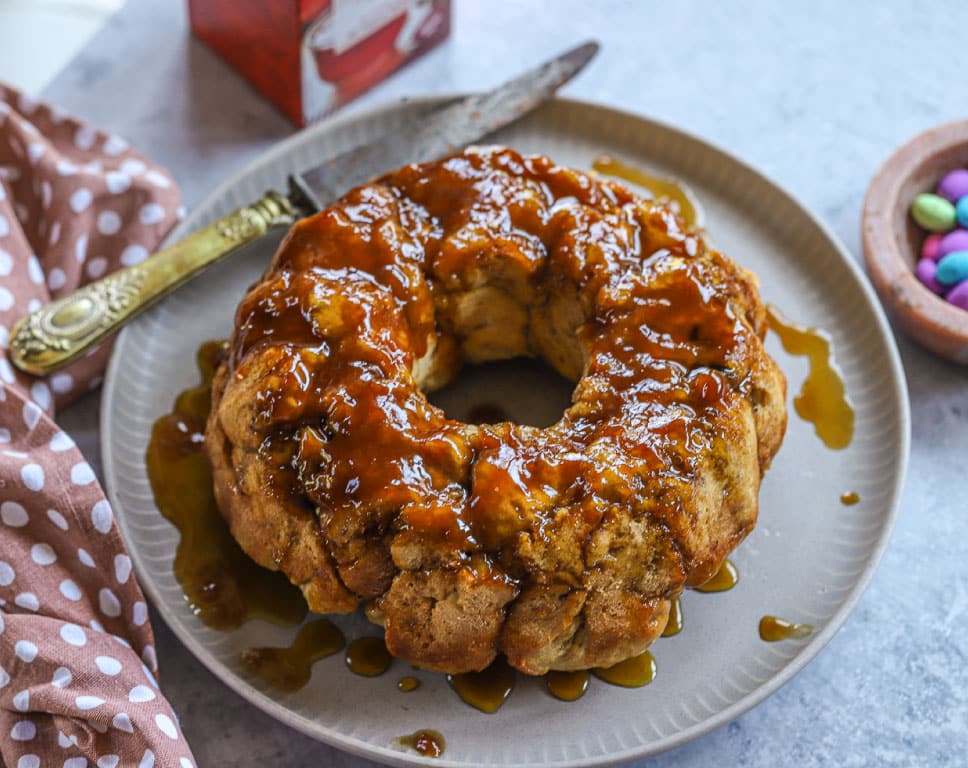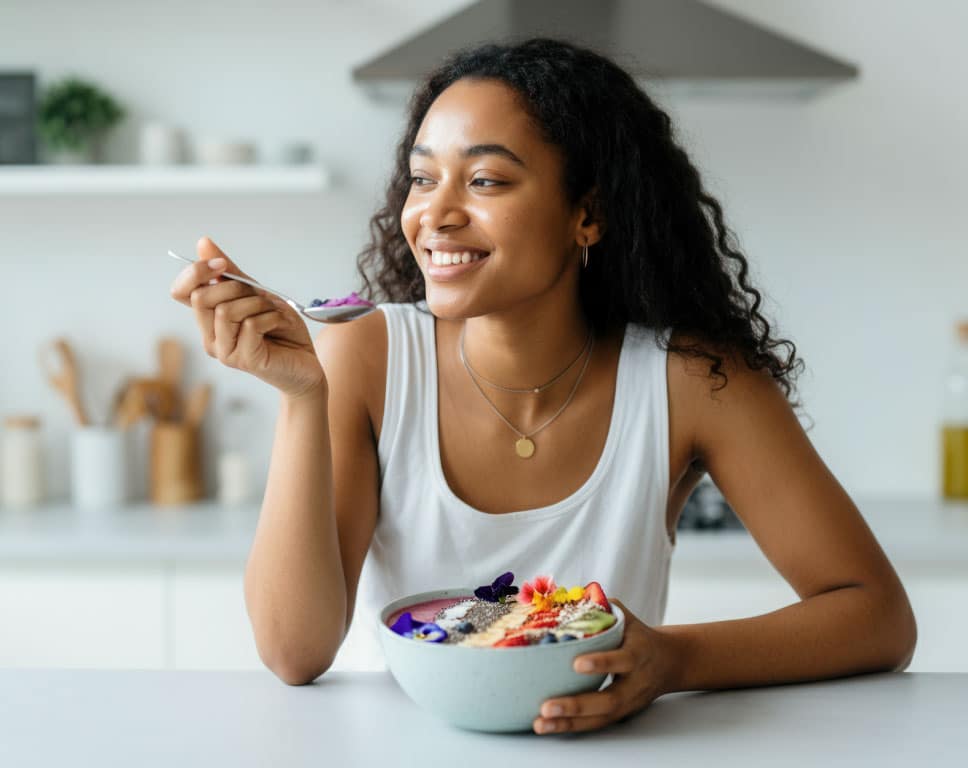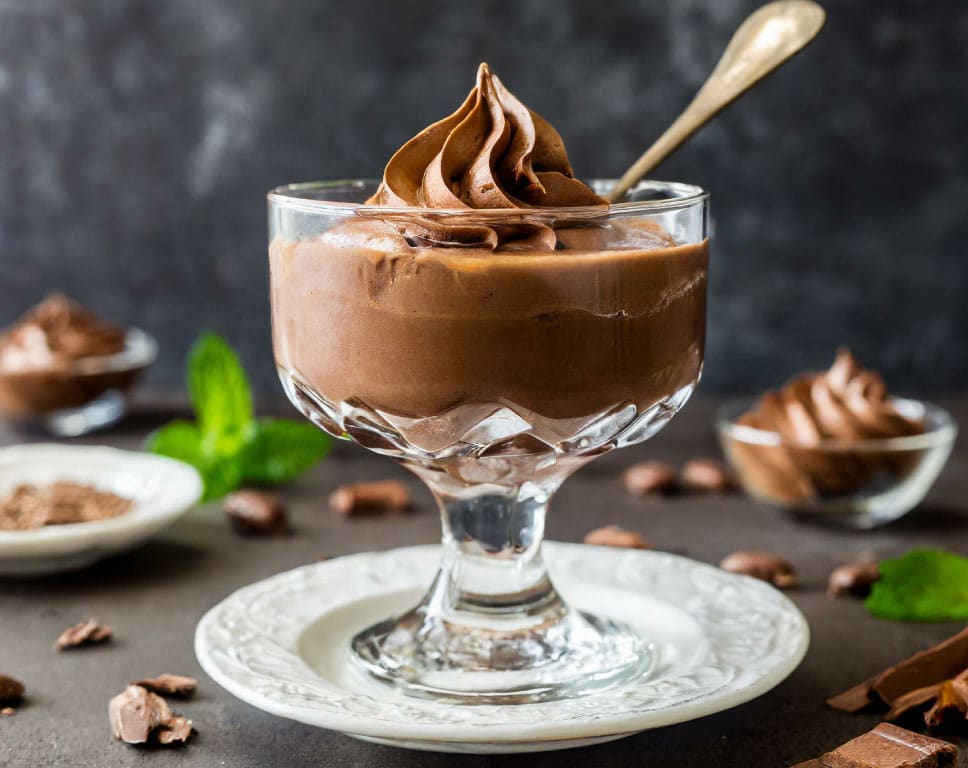Our modern diets have become super-sized. Even if we make healthy food choices, most of us still fail to achieve our target weight because we eat too many calories due to poor portion control.
That’s because serving sizes have increased steadily over the decades. Today we eat two to three times more per meal compared to what humans ate 2000 years ago.
This increase is due to various factors, such as increased food availability and convenience, bigger plates and serving dishes, and our ‘super-sized’ food culture, where we generally equate value and generosity with size and abundance.
READ MORE | 4 nutritional myths that undermine your health and weight loss
Out of control
The result is that most of us have no idea what a healthy, calorie-controlled portion of protein, carbohydrate or fat looks like anymore.
Numerous studies have also revealed that we’re notoriously bad at estimating the calorie content of meals.
While this may be a hard realisation to swallow, the fact of the matter is that we need to take back control of our portion sizes. But let’s be honest, who has the time (or inclination) to weigh and measure every portion before we cook or prep meals?
The easiest way to moderate your intake and win the war on weight is to take the guesswork out of portion control, without the need to rely on a scale. Use these helpful visual queues to determine the ideal serving size for the types of foods you should be eating – predominantly whole, natural foods – in moderation for a balanced and wholesome diet.
Count your carbs
- ½ your plate: Dish up enough colourful vegetables to cover half of your (smaller) plate.
- A fist: A serving of starchy carbohydrates shouldn’t be bigger than a clenched fist.
- A tennis ball: That’s roughly the serving size of a whole medium fruit.
- A golf ball: A serving of dried fruit should exceed this size.
Measure your meat
- A palm: A serving of protein should not exceed the size of your palm.
- A smartphone or deck of cards: A serving (roughly 85g) of lean meat is generally equal to the size of a deck of cards or a smartphone (not the Plus or XL screen versions!).
Figure out your fats
Measuring a portion of fat is a bit trickier, because it is generally a constituent of your protein or another food.
Meat & animal products:
- A lipstick tube or matchbox. This is roughly the size of a 42g serving of cheese.
- 1 cup: A serving of milk or yoghurt
- Note: Saturated fat should not be more than 33% of your total daily fat intake.
Plant-based fats:
- A computer mouse: That’s roughly half an avocado, which is the recommended serving size.
- A shot glass: A handful of nuts is too big a serving. Use this measure instead.
- A poker chip: This is generally the size of a 1 tablespoon serving of nut butter, butter, oil, mayo or sauces.
Get more bang per bite
Nutrient density is a critical component of healthful eating, because your body needs these important vitamins and minerals to function optimally. Eating poor quality food, even in excess, will drive hunger and generally results in cravings.
These will become even more intense when you reduce your calorie intake. So stick to our recommendation on those nutrient-rich colourful plant foods and avoid manufactured, processed and fast foods as much as possible.
READ MORE | Why your food bill increases in proportion to the intensity & volume of your training
Quash those hunger pangs
When you readjust your portion sizes, you’ll likely feel hungry after meals. To keep that hunger at bay and ensure you don’t end up on a binge, use these helpful tips:
- Drink a large cup of water before a meal.
- Eat a salad as a starter to satiate you before your main meal.
- Bulk up meals with fibre-rich foods. They generally take longer to chew, they digest slower and take up more space in the stomach, which makes you feel fuller for longer.
Calorie counting hacks
Nutritional science continually uncovers interesting ways in which we can fool our brains into eating less. Take the results of a 2012 study out of Cornell University as an example. Researchers there discovered that when a plate had a high colour contrast to the food on it, people served up and ate less.
Portion control plates are another easy way to serve up foods according to accurate serving sizes. They’re available online or from certain dietitians or specialist health stores.
READ MORE | 6 ways to track your weight loss progress
Serving versus portion sizes
Don’t get caught out by confusing food labels when eating packaged foodstuffs. The nutritional info supplied with these foods pertain to the recommend serving size, but there may be more than 1 serving in the box or packet.
So, before you devour all the contents, make sure you eat the recommended portion by dividing the total amount of food supplied into the specific number of servings provided.

